Black Scottish Fold Cat
-
December 18, 2024
-
By: Anna
-
334
Black Scottish Fold Info, Facts & History
The Black Scottish Fold is a gentle, curious, short-haired cat breed known for its distinctive looks, including big eyes and dainty folded ears. This combination of features makes it look almost startled or very inquisitive and, therefore, has popularized the breed on social media and as a unique type of pet. So, where did this breed originate? And how has it become so popular?
Scottish Fold Kittens For Sale
The Earliest Records of Black Scottish Folds in History
While it may seem an ancient and exotic breed, the Scottish Fold is actually a relatively recent phenomenon1. The lineage that breeders draw upon today comes from a Scottish farm in the 1960s. Susie was a barn cat in rural Perthshire, Scotland who was discovered by a shepherd as having been born with these delicate folded ears. He immediately recognized her inherent potential and saw that she had passed the gene onto some of the kittens in her litter.
It is still unclear if this genetic variation is much older as people have speculated, or if it was a mutation that arose with Susie the barn cat. As far as the Scottish Fold breed of today goes, it is a relatively short history that traces back to this chance encounter.
How Scottish Fold Cat Gained Popularity
There are many famous Scottish Folds on social media and known as celebrity cats today. Perhaps the most famous was Maru, the Japanese cat, who received the most views of any animal of all time on YouTube. Maru has become a household name for his big, soft, and plush body and his tendency to want to squeeze himself into increasingly smaller and smaller cardboard boxes. He has gotten a Guinness Book of World Records for his over three hundred and twenty-five million views on YouTube.
Another pair of famous Scottish Folds have been popularized by the singer Taylor Swift as her pets and featured on her social media postings2. Swift along with singer Ed Sheeran who also has a Scottish Fold, have popularized the breed, and made them more visible. Since they have been featuring the breed on their personal posts, demand for Scottish Folds has rapidly increased and many more have been produced. Because of this, these celebrities have faced some backlash from animal rights groups asking them instead to please bring awareness to the plight of these animals who are often born with crippling arthritis and other diseases3.
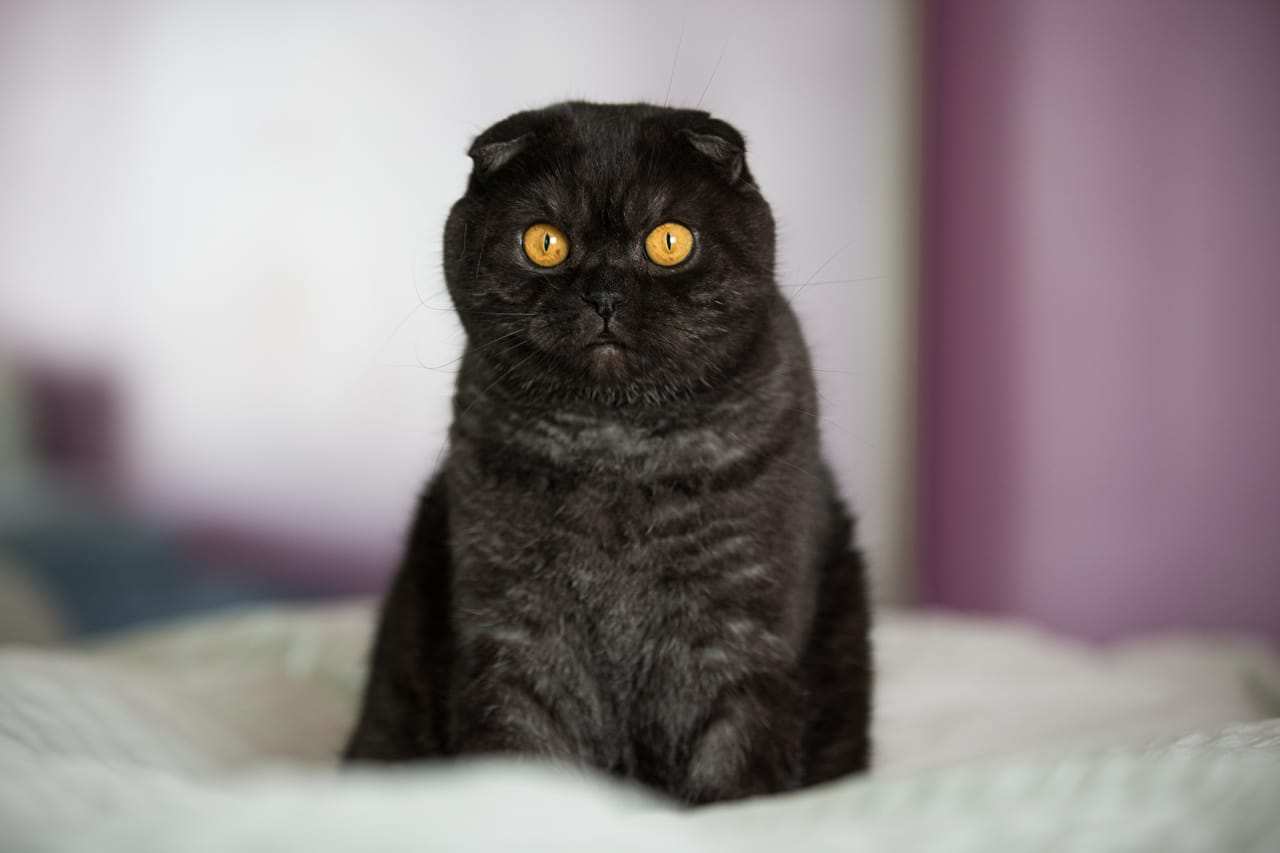
Formal Recognition of Black Scottish Folds
After consulting with a geneticist, the shepherd William Ross then worked to solidify the breed to capture this characteristic. All the rest of the cats today carry on from this lineage of accidental discovery. After consistent breeding, he then registered the breed with the UK Governing Council of Cat Fancy in 1966.
Potential Health Risks of Scottish Folds
The gene mutation that causes the folded ears is an incomplete autosomal dominant gene which essentially means that the characteristic may or may not be expressed depending upon the combination of gene traits. In this case, it also means that the genetic variation affects not only the cat’s ears but also how cartilage and bone develop in the cat’s body as a whole.
he first health risk associated with the lack of cartilage in the cat’s ears that allows it to fold over is that the cat can have hearing problems because of this. The second and major health risk is that these cats can have extremely painful and debilitating musculoskeletal problems and arthritis. Breeding for this folded ear trait carries a high risk any cat with the gene will have some degree of illness and pain.
For this reason, many people are ethically opposed to the breeding and propagation of the black scottish fold. Breeders have tried to lessen the likelihood that the cat will have the disease by crossbreeding them with other types of cats and not breeding them with each other. Nonetheless, the risk is still present, and many animal welfare groups have lobbied against this breed. It is especially necessary as this breed has become quite famous online and in the media.
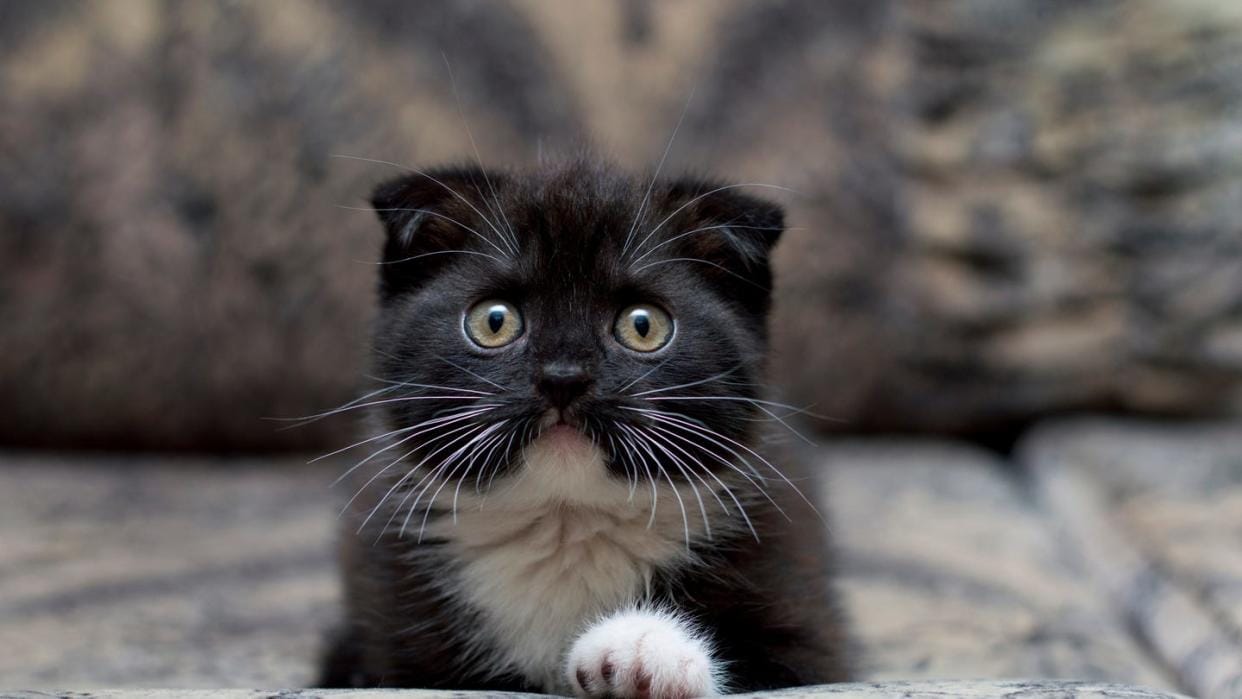
Top 3 Unique Facts About the Scottish Fold Cat
1. Scottish Folds Can Have 3 Different Ear Shapes
Their distinctive folded ears come in three categories, one-fold, two-fold, or three-fold. One-fold is just the tips of the ears bent over, two-fold means that the ear then folds in the middle, and three-fold ears lie flat against the cat’s head. This can give the cat multiple types of appearances and is what gives this breed its fame for producing extremely cute cats.
2. They All Descended from a Barn Cat Called Susie
The lineage of black scottish fold all come from a cat called Susie. If Susie had not been found by that shepherd in the 1960s, there might not be any Scottish Folds to date. However, should a kitten be born with those folded ears and be discovered by someone, then the lineage would have a different origin.
3. Scottish Folds Are Never Bred Together
Their risk of a genetic disease is so high due to their breeding profile that many feel it is not fair to the cats to keep breeding them.
Do Scottish Folds Make Good Pets?
Yes, Black Scottish Fold make good pets. They are loyal and loving, and their affectionate nature makes them excellent companions. They are intelligent, playful, and have low-maintenance grooming needs. As with any breed, they need regular exercise, training, and socialization to ensure they are well-rounded and happy.


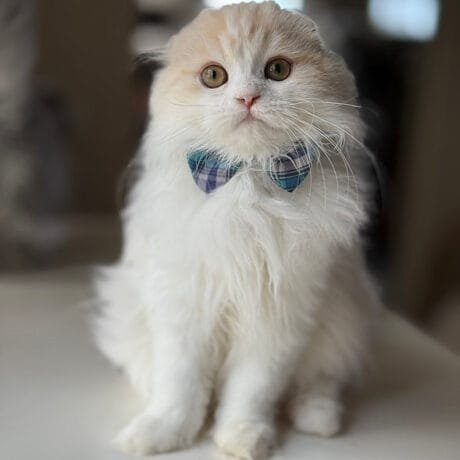
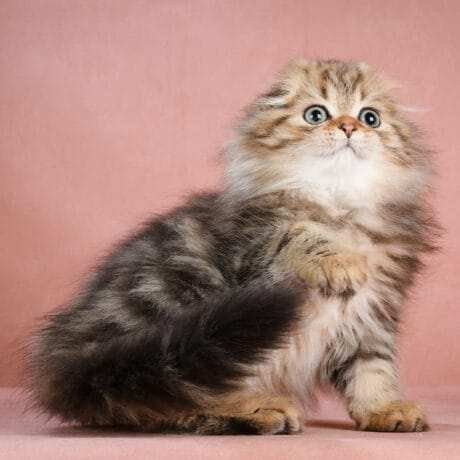
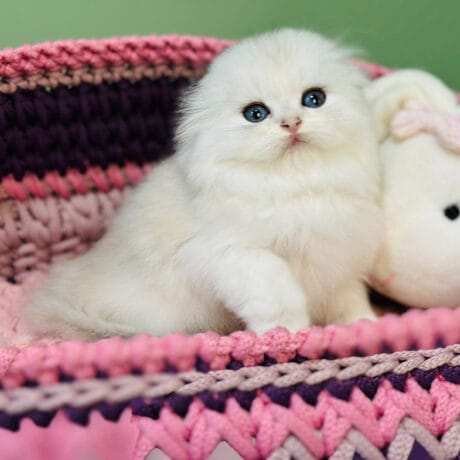

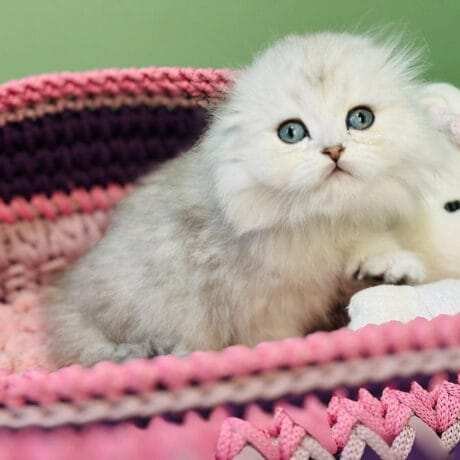
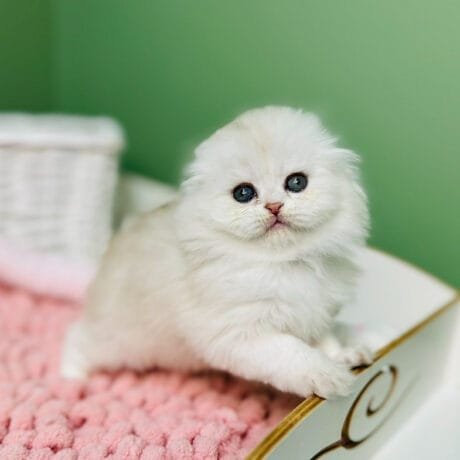
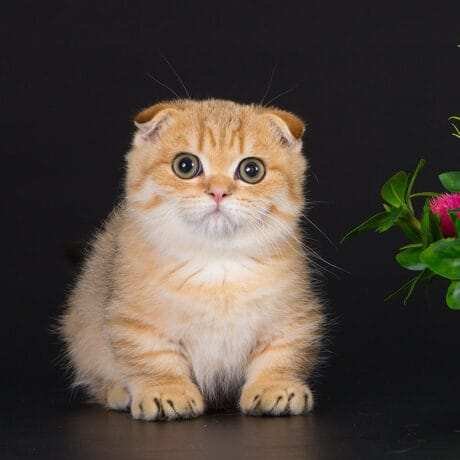
Leave a comment